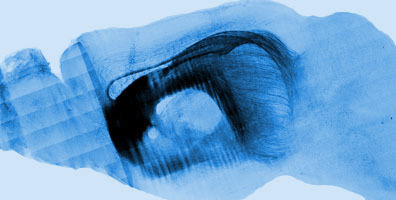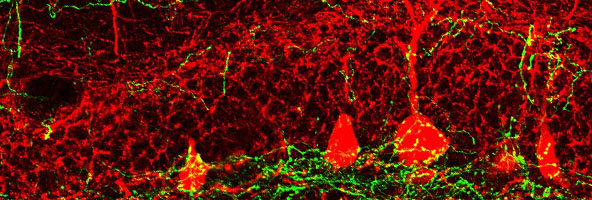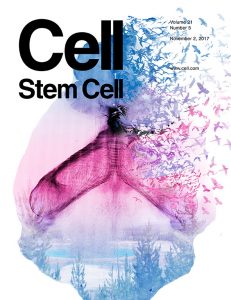In a new study published in Cell Stem Cell, UNC School of Medicine neuroscientist Juan Song and colleagues discovered a long-distance brain circuit that controls the production of new neurons in the hippocampus.

CHAPEL HILL, NC – Before we are born, the developing brain creates an incredible number of neurons, which migrate to specific parts of the brain to ready us for life. Contrary to popular belief, genesis of new neurons does not stop at birth or even in childhood. In a few select areas of the brain, it can continue throughout adulthood, and is believed to be vitally important for certain forms of learning and memory, and in mood regulation. How neurogenesis is switched on and off is still not well understood, but UNC School of Medicine researchers led by Juan Song, PhD, assistant professor in the department of pharmacology, have just discovered a major clue.

Reported as the cover story in Cell Stem Cell, the researchers identified a neurogenesis-controlling brain circuit that runs from near the front of the brain back to the hippocampus, a learning- and memory-related structure. The hippocampus is one of the major sites of neurogenesis in the adult human brain, and the circuit that Song’s team has identified regulates this neuron-producing process.
“This circuit controls the activity of stem cells in the part of the hippocampus where neurogenesis occurs,” said Song, a member of the UNC Neuroscience Center. “Our finding ultimately could have implications for understanding and treating many brain disorders arising from aberrant hippocampal neurogenesis, including epilepsy, schizophrenia, depression, and Alzheimer’s disease.”
Read full article at SOM Newsroom…
Read the journal article in Cell Stem Cell, Volume 21, Issue 5, p604–617.e5, 2 November 2017…
Below: Cover photo of Nov. 2, 2017, vol. 21, issue 5 of Cell Stem Cell

First authors on the paper are Hechen Bao, Brent Asrican, Weidong Li. Along with Juan Song, other authors are Bin Gu, Zhexing Wen, Szu-Aun Lim, Isaac Haniff, Charu Ramakrishnan, Karl Deisseroth, and Benjamin Philpot.
